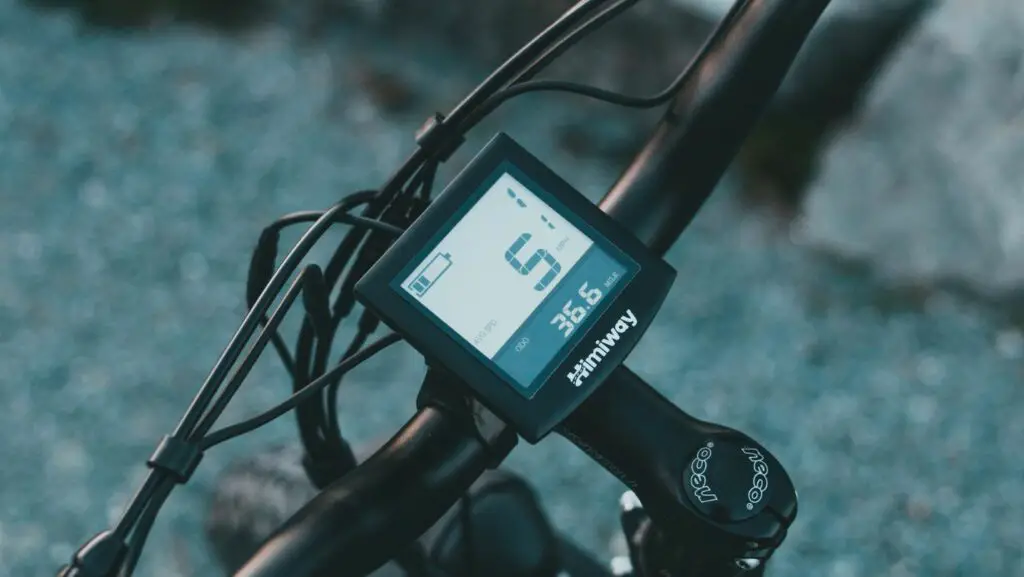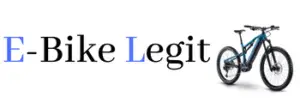If you are considering getting an ebike, or have already made the switch, you might be wondering how to test an ebike controller. While it might seem like a daunting task, it is actually quite simple and can be done at home with a few tools. In this blog post, we will walk you through the steps of testing an ebike controller so that you can be sure your bike is in good working condition before hitting the road.
What is an ebike controller?
An ebike controller is the brains of an ebike, translating signals from the rider into motor power. It’s a key component in making an ebike work, and if it isn’t functioning properly, the whole system can grind to a halt.
There are a few ways to test an ebike controller at home, to see if it’s working as it should. One way is to connect it to a computer and use software to send test signals through the controller. This can help you identify any issues with the controller itself, or with how it’s interacting with other components in the system.
Another way to test an ebike controller is by using a multimeter to check for continuity between different points in the system. This can help you pinpoint where any electrical faults may lie, and help you fix them.
Once you’ve confirmed that your ebike controller is working properly, it’s time to hit the road and enjoy the ride!

What does an ebike controller do?
An ebike controller is a device that regulates the motor of an electric bicycle. It is typically located on the handlebars, and is used to control the amount of power that is sent to the motor.
The controller also has a throttle, which can be used to increase or decrease the speed of the bike.
How does the ebike Controller Works?
Assuming you have a basic understanding of how electric motors work, we can dive into how an ebike controller works. An ebike controller is essentially a glorified speed control for your motor. It tells the motor how much power to draw from the battery and delivers that power to the motor based on input from the throttle.
There are two main types of controllers: hub-based and mid-drive. Hub-based controllers are located in the front or rear wheel hub, while mid-drive controllers are located in the center of the bike near the bottom bracket. Mid-drive controllers are generally more powerful and efficient than hub-based controllers, but they’re also more expensive.
Controller technology has come a long way in recent years. Early controllers were very simple, with just a few basic settings like power level and top speed. Modern controllers, however, can be quite sophisticated, with multiple settings and even Bluetooth connectivity that allows you to customize your ride and track data like battery life and range.
Whether you have a simple or sophisticated controller, the basic operation is the same. When you twist the throttle, it sends a signal to the controller telling it how much power to deliver to the motor. The controller then takes that information and uses it to control the flow of electricity from the battery to the motor.
The amount of power delivered to the motor depends on several factors, including pedal assist level, throttle position, and vehicle speed. Pedal assist level is typically controlled by a switch on the handlebars, and it dictates how much power the motor will provide when you’re pedaling. The throttle position, on the other hand, determines how much power the motor will provide when you’re not pedaling.
Finally, the vehicle speed determines how much power the motor will provide regardless of pedal assist level or throttle position. Most controllers have a built-in speed limit that prevents the motor from providing too much power and causing the bike to go too fast.
As you can see, an ebike controller is a relatively simple device that controls the flow of electricity to the motor. By understanding how it works, you can get the most out of your electric bike and enjoy a fun and efficient ride.
How to test an ebike controller at home
If you’re new to e-bikes, testing an ebike controller may seem daunting. Luckily, it’s actually quite simple! Here’s a step-by-step guide on how to test an ebike controller at home:
1. First, you’ll need to gather some supplies. You’ll need an ebike battery, an ebike motor, and an ebike controller.
2. Next, connect the battery to the motor. Then, connect the motor to the controller.
3. Once everything is connected, turn on the power switch on the controller.
4. Now, you can begin testing the controller! Start by testing the throttle response. Does the motor respond immediately when you twist the throttle? If not, there may be a problem with the controller.
5. Next, test the brake levers. Do they stop the motor immediately when engaged? If not, there may be a problem with the controller.
6. Finally, test the display panel on the controller. Does it show all of the relevant information (such as battery level and speed)? If not, there may be a problem with the controller.
If you encounter any problems while testing the controller, it’s best to take it to a qualified e-bike mechanic for further diagnosis.
Tools needed to test an ebike controller
To test an ebike controller at home, you’ll need a few tools:
-A multimeter: This is used to test the battery voltage, motor phase current, and throttle input voltage.
-An oscilloscope: This is used to test the motor phase current and throttle input voltage.
-A power meter: This is used to test the power output of the motor.
-A sprocket: This is used to attach the motor to the bike so that it can be tested.
With these tools, you’ll be able to properly test your ebike controller at home and make sure it’s working correctly.
Testing Ebike Controller by Multimeter
To test your ebike controller with a multimeter, you’ll want to first make sure that the multimeter is set to the correct setting. You’ll also want to make sure that the leads are properly attached to the multimeter. Once you have everything set up, you’ll need to take a measurement of the battery voltage while the bike is turned on.
To do this, you’ll want to connect the positive lead of the multimeter to the positive terminal of the battery and the negative lead of the multimeter to the negative terminal of the battery. The reading on the multimeter should be close to zero if the battery is working properly. If it’s not, then you may need to replace your battery.
Next, you’ll want to measure the motor phase current. To do this, you’ll need to connect one lead of the multimeter to one of the motor wires and touch the other lead of the multimeter to ground.
The reading on the multimeter should be close to zero if there’s no current flowing through the motor. If there is current flowing through the motor, then there may be a problem with your controller.
Finally, you’ll want to measure throttle input voltage. To do this, connect one lead of your multimeter to any exposed metal on your throttle and touch the other lead of your meter too ground. The reading on your meter should fluctuate between 1-4 volts depending on how much throttle input you’re giving it. If it doesn
Testing Ebike Controller by ebike Tester
Testing an ebike controller can be done at home with a few simple tools. An ebike tester can be used to test the controller for proper function.
A multimeter can also be used to test the controller for correct voltage and current readings.
First, connect the positive lead of the multimeter to the positive terminal of the battery.
Then, connect the negative lead of the meter to the ground wire on the ebike controller.
Finally, turn on the multimeter and check the voltage reading.
It should be within 10% of the nominal voltage of the battery pack. If it is not, then there is a problem with the controller.
Conclusion
So, that’s how you can test an eBike controller at home. By following these simple steps, you can ensure that your controller is working properly and that your bike is safe to ride. If you have any further questions, feel free to leave a comment below and we’ll be happy to help.
